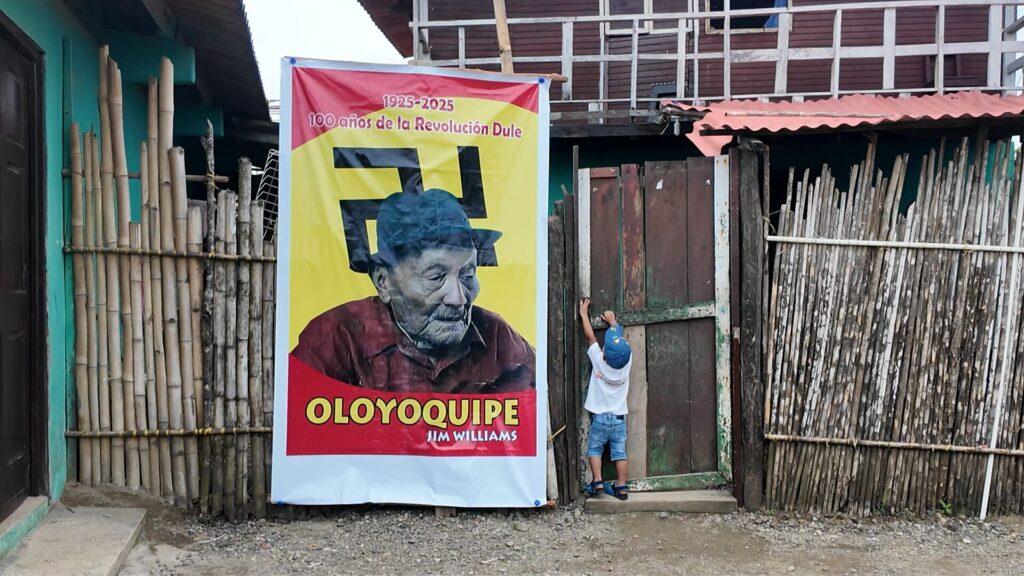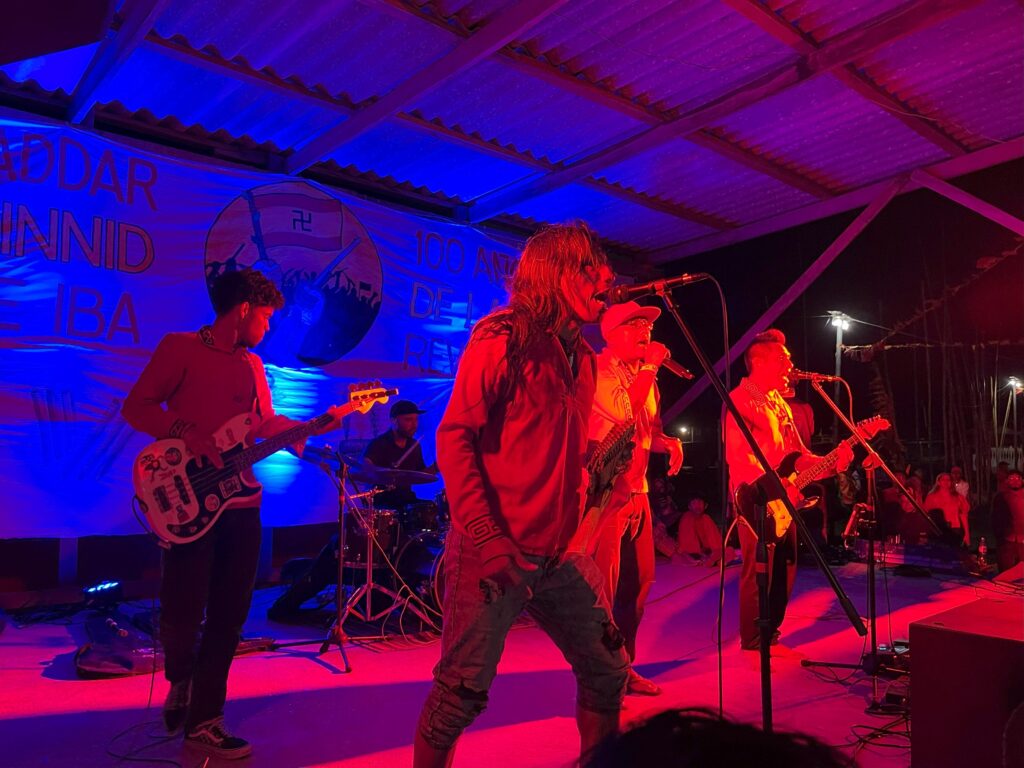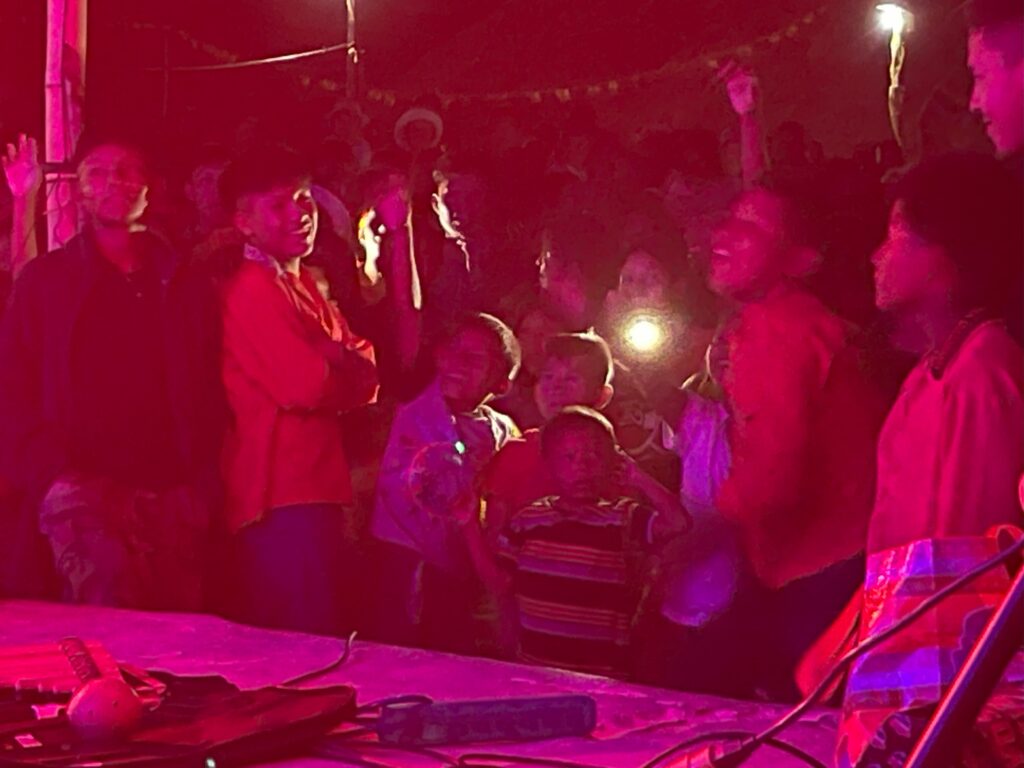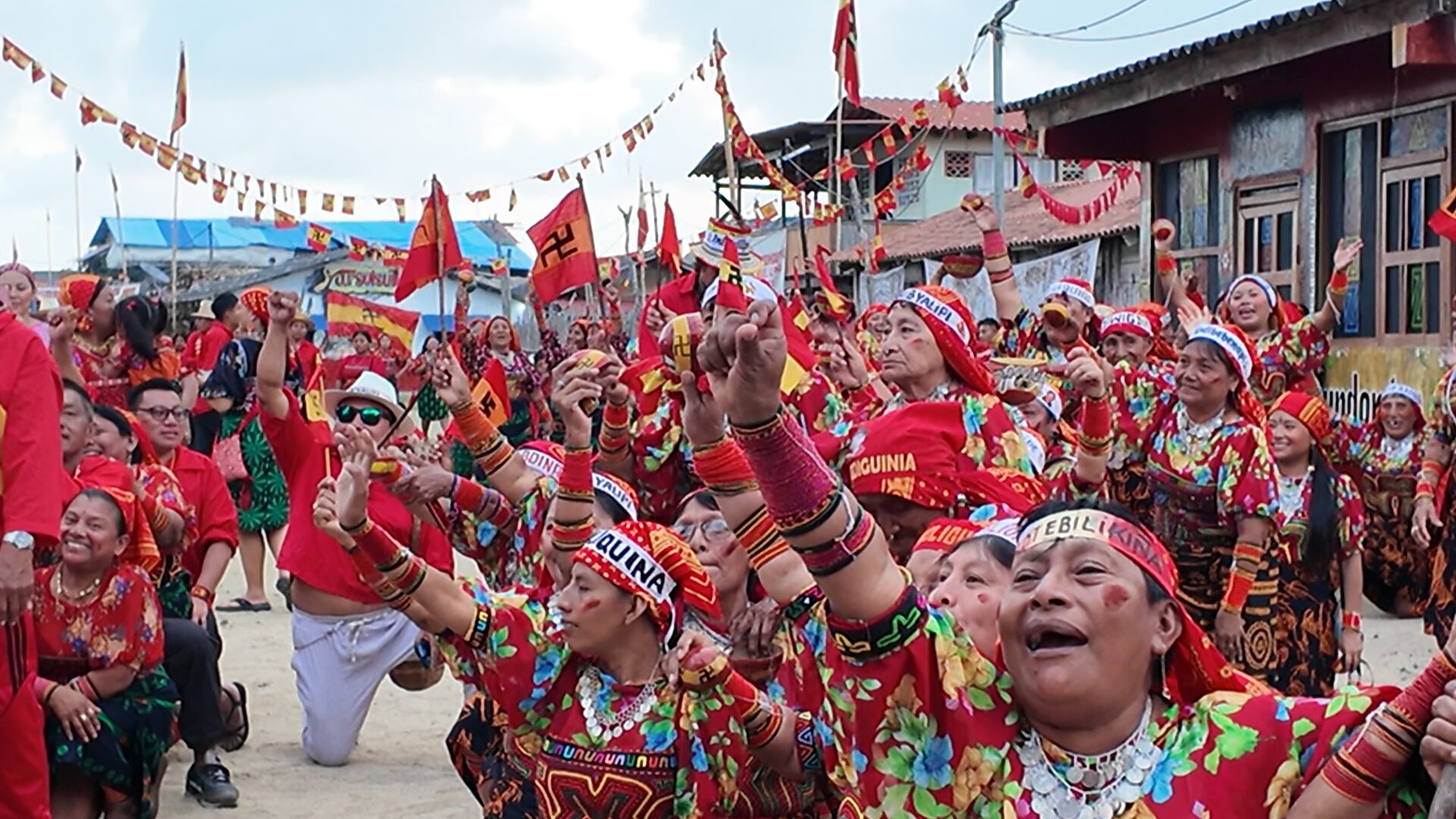This is the first iteration of a 3-part series on NDN Collective’s delegation to Guna Yala for the Centenario de la Revolución Dule (Centennial of the People’s Revolution. “Dule” translates to “People” in Guna)
NDN is an international organization structured to extend support in Canada and Mexico. NDN is known primarily for the rematriation of resources, particularly for Tribes in the so-called United States. Since our engagement within the United Nations Climate Change Conference (UNCCC), NDN has brought our model for sustainable Indigenous-led development and financing to the international arena. The impact NDN Collective has for the self-determination of Indigenous Peoples’ has sent ripples of change for Indigenous Peoples’ across the world setting the precedent of having our peoples’ best days being in front of us and not behind us.
Due to our commitment to supporting Indigenous peoples on the front lines globally, we received invitations from Guna Yala (pronounced as “Guna Yala” because in the Guna alphabet, there is no “K”) to visit their sovereign territories for the 100 year anniversary of the Guna Yala Revolution. Our delegation, consisting of two Spanish-speaking NDN staff from Ecuador and Mexico and two Diné relatives, could not have anticipated the significance of our journey to Guna Yala.
In a chain of hundreds of islands, a few miles off the Southeastern coast of Panama in the Caribbean Sea lies the Guna Yala, “the land of the Guna.” The mainland coast that stretches alongside the islands, which holds the 2nd largest rainforest in the western hemisphere behind the Amazon (cite source), also makes up Guna Yala. The deep-blue and turquoise waters that embrace white-sand islands, with the misty mountains of the rainforest on the mainland in the distance, made the 8-hour motor boat ride to the islands unforgettable.
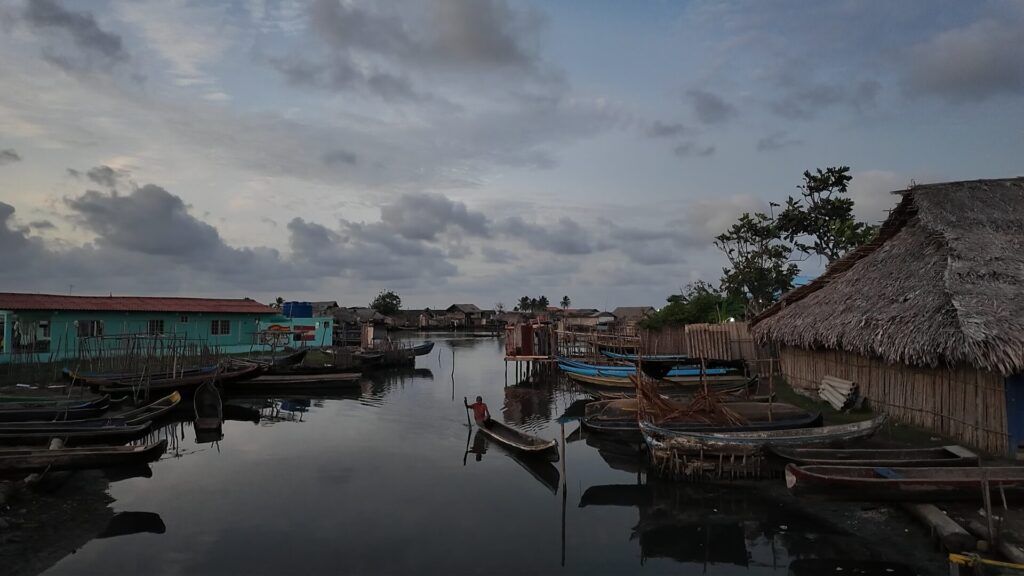
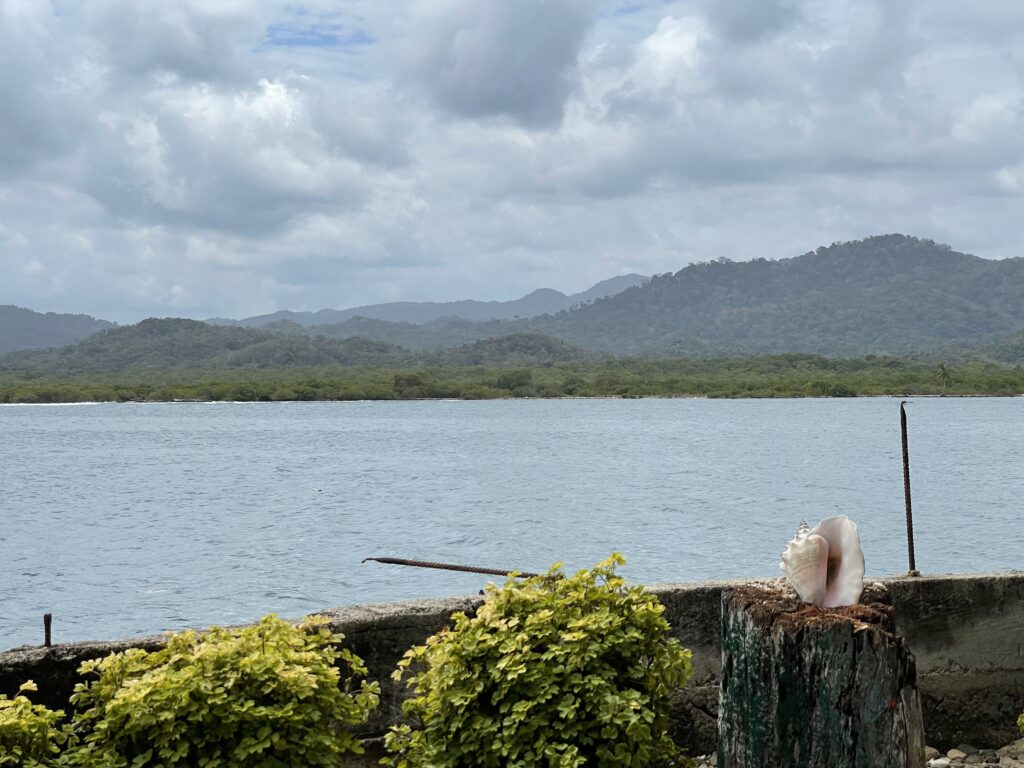
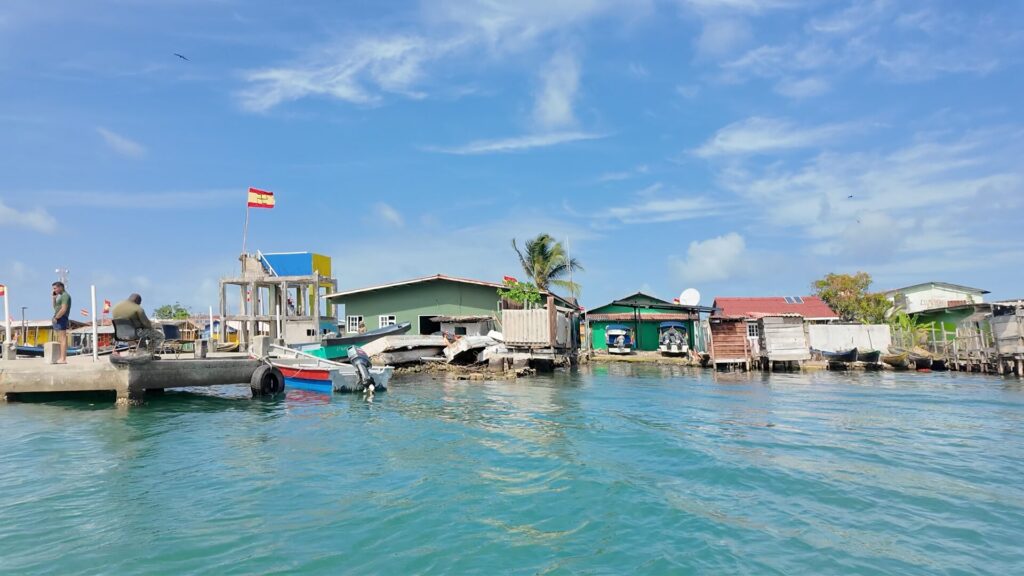
The Guna are Indigenous people to the rainforest and the islands. What the Guna have accomplished for themselves and other Indigenous people in the Panama region is truly inspiring. Before we stepped foot on a boat to reach the islands, we attended a 6-hour debrief of Guna Yala at the Panama Hotel conference room in Panama City. During this session, we learned about the people, their language, culture, the revolution, and the land. We learned from Guna elders, leaders, and scholars that 1) women were critical in the success of their Revolution, 2) the Guna have one of the most intricate and unique self-governing structures in the region amongst Indigenous people, and 3) their islands and rainforests are experiencing the effects of climate change.
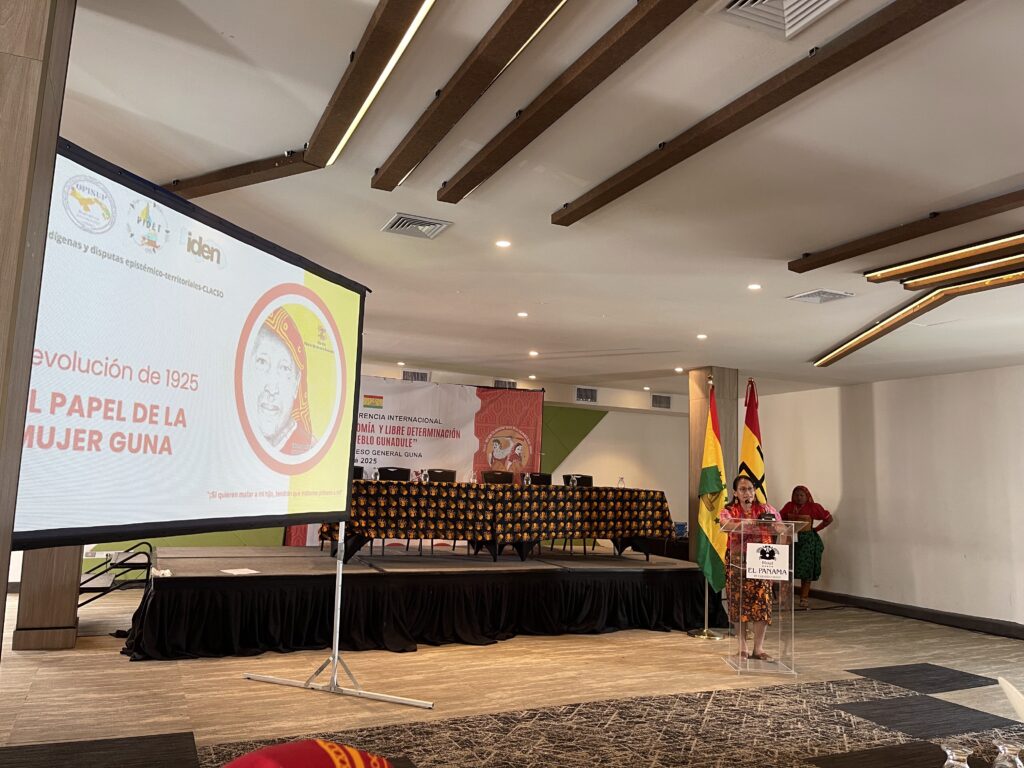
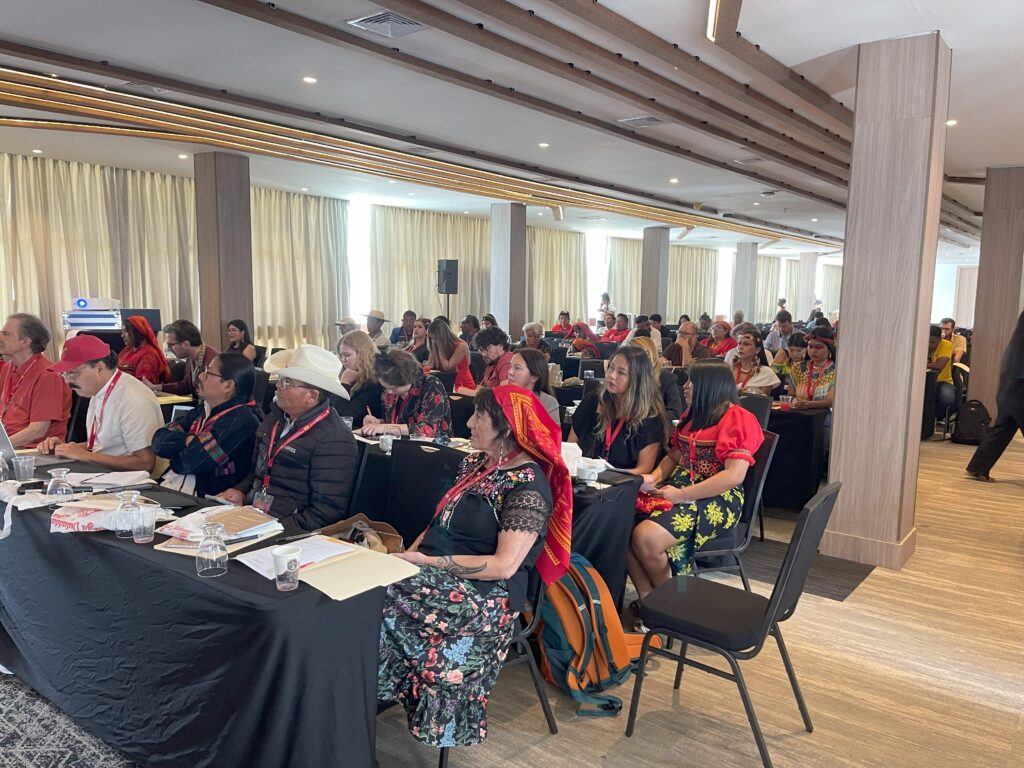
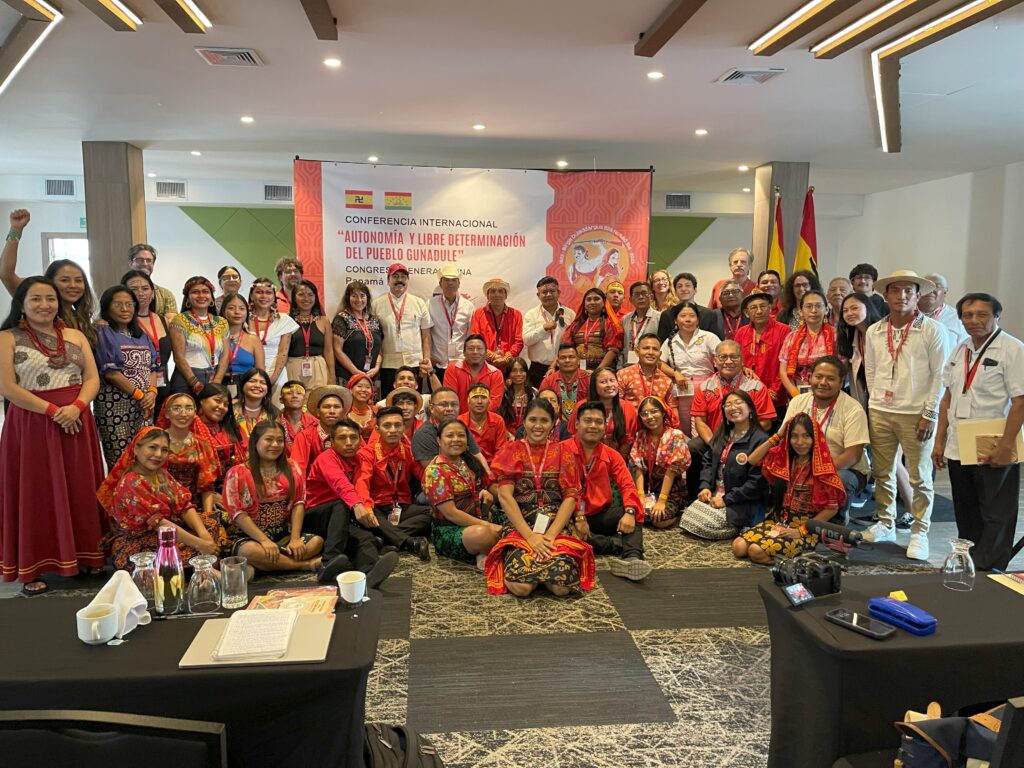
How & Why NDN Collective Was Invited
NDN Collective was invited to the centennial commemoration of the Guna Yala Revolution in recognition of our leadership in advancing Indigenous self-determination, land sovereignty, and climate justice—principles that resonate deeply with the Guna’s historic and ongoing struggle for autonomy. Guna leaders acknowledged NDN Collective’s impact in mobilizing resources for Indigenous communities and our role in shaping international discourse on Indigenous rights, particularly through our engagement within the UNCCC framework.
This historic gathering also brought together Indigenous media platforms such as TV Indígena, who work to amplify the narratives of Indigenous resistance and resilience across Abya Yala. As a movement committed to narrative change, NDN Collective recognizes the power of Indigenous media in reshaping narratives, preserving cultural knowledge, and strengthening global Indigenous solidarity. The shared mission of TV Indígena—to uplift Indigenous stories from those on the frontlines of resistance—reinforces the importance of Indigenous-led storytelling as a tool for movement-building and decolonization.
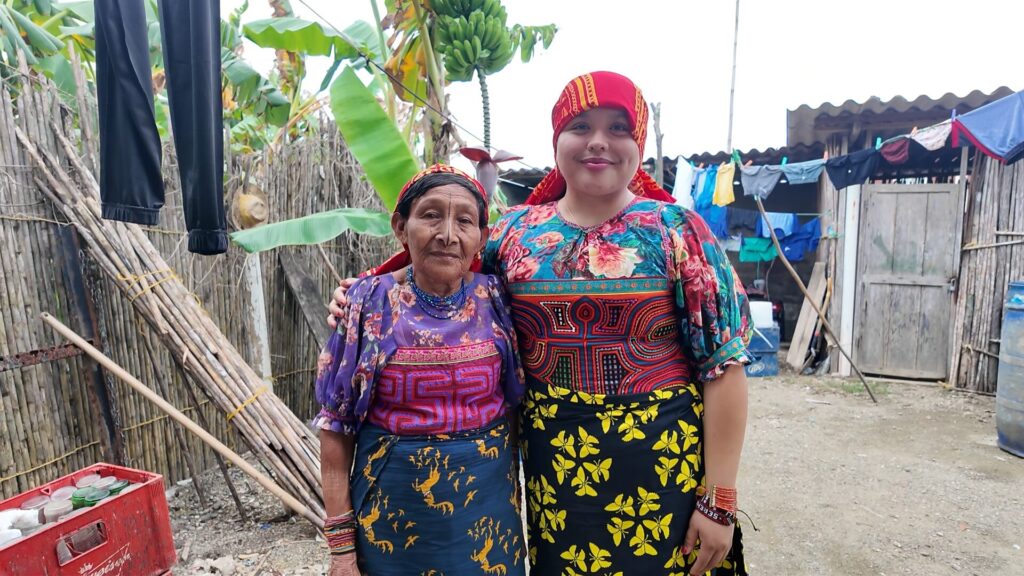
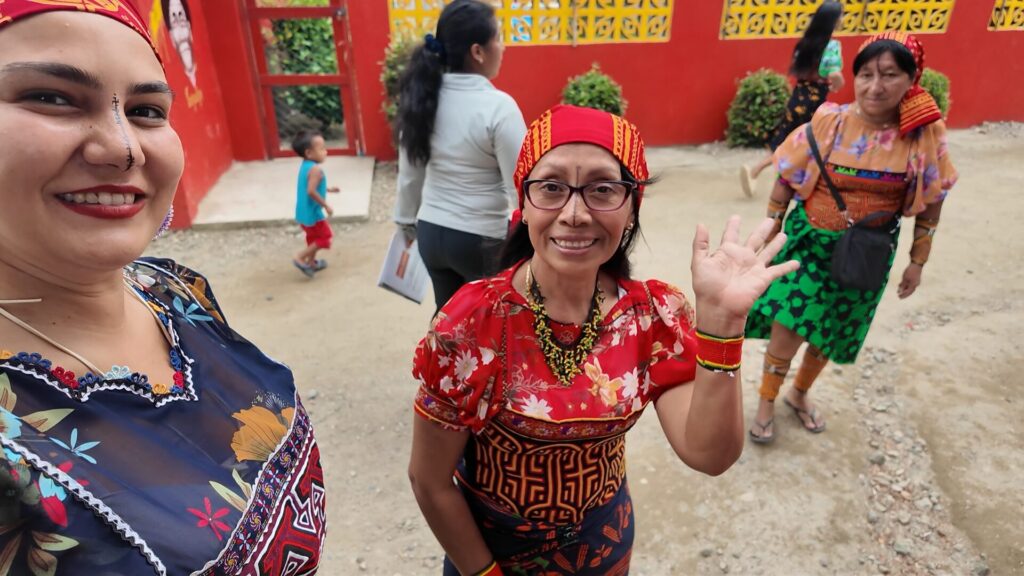
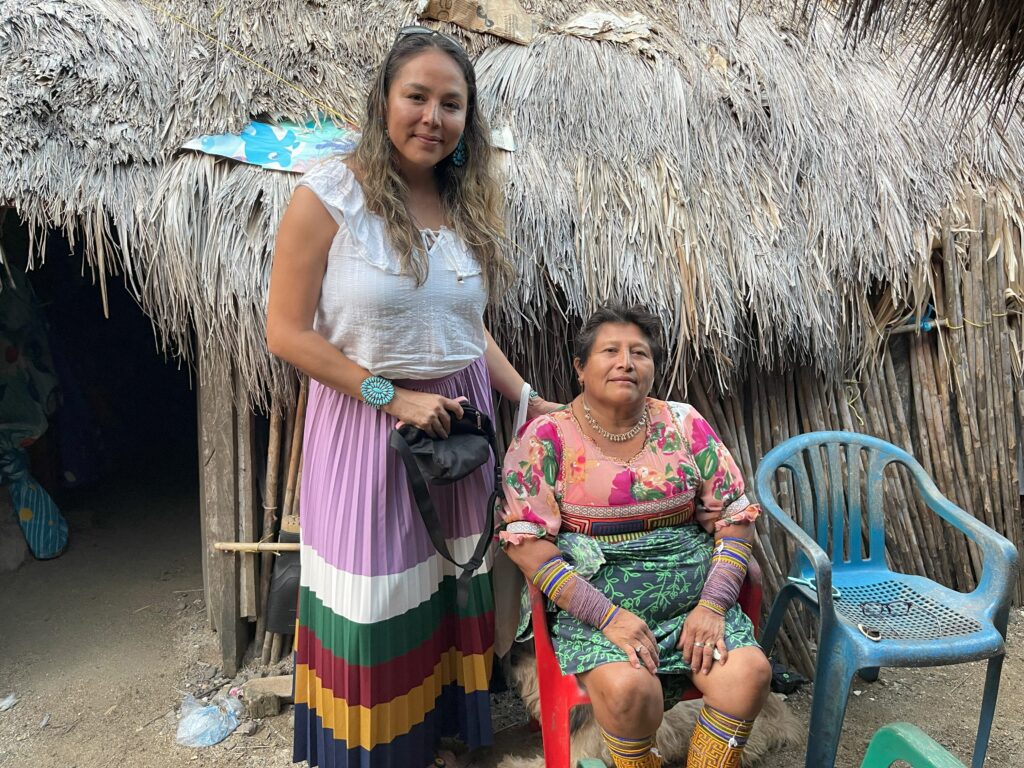
The invitation for NDN Collective to attend this sacred convening was both an acknowledgment of our work and an opportunity to deepen solidarity across so-called borders, exchange governance and organizing strategies, and stand with the Guna as they continue to safeguard their territories and lifeways.
Women and the Revolution
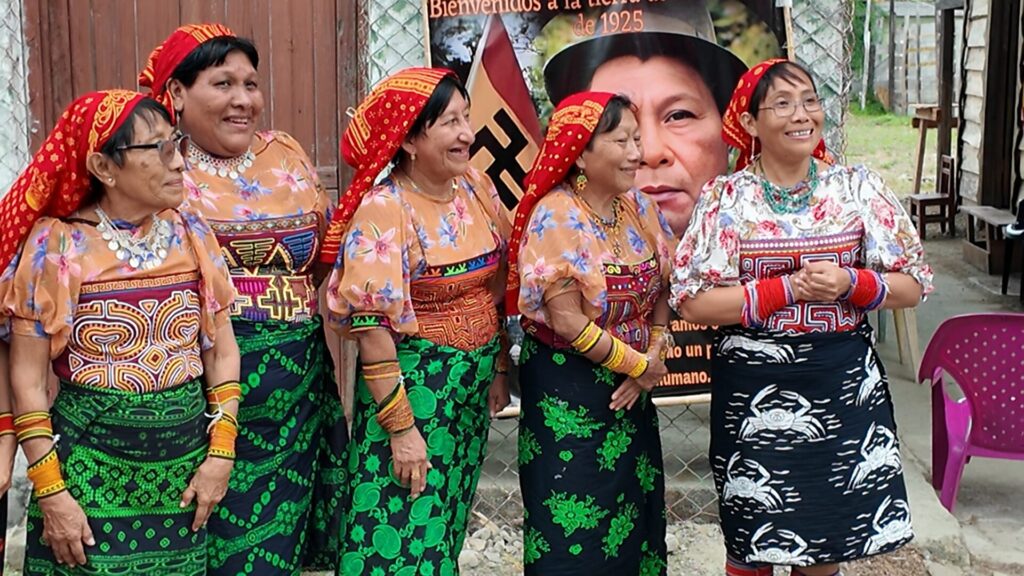
The Guna Yala revolution did not happen overnight. The Guna Yala people had already lived through different waves of foreign governments coming through their lands– the Spanish dating back to the 1500s, Colombia, the French, the British, and pirates throughout the centuries. In 1871, Indigenous leaders in the region known as Panama met with the President of Columbia, Eustorgio Salgar, to talk about the foreigners who were exploiting their land and resources. This meeting between Indigenous leaders and President Salgar created the Comarca de Tulenega, the first agreement of land in the region of Central America on January 10, 1871. This land outlined in the Comarca de Tulenega comprises what is now the Guna Yala Comarca. However, in 1903, Panama separated from Columbia and the Comarca de Tulenega was split between Columbia and the now Spanish-backed Panama. Spain did not honor the 1871 Comarca and in 1906 targeted the Guna because of the influence and guidance of Father Leonardo Gassó who came to the islands and wrote about the Guna as part of his mission to save the Guna from “hellfire.” Gassó’s writings called the Guna people devils and that their tradition and culture was demonic. When the Panamanian government began to take lands that belonged to the Guna and gave it to settlers and non-Guna people, this became the start of what would be the Revolution. From 1912-1919, the Panamanian government under President Bellsario Porras started implementing policies like Law 59 to “civilize the Indigenous people” and prevent the Guna from going into the ocean and rainforests to make way for foreign companies to exploit resources and relatives like bananas, coconuts, sea turtles, and rubber. The Panama military also started taking women and young girls from the islands so that they could set up and serve soldiers for the Carnavales, a Panama celebration that typically happens four days before Ash Wednesday. Panama wanted the Guna to be more “civilized” and started taking their children to schools to learn how to write and speak Spanish, among other skills. Panama also started banning the wear and use of traditional clothing, as well as implementing a tax on the Guna so they could fund the Carnavales. For the Guna that didn’t agree with these policies, they were sent to jail, some were tortured, and some were killed. In 1919 the first martyr of the Revolution was Olowideli who was dragged and beaten by police. Many other leaders like Oloingigge were also murdered by the Panamanian police and military during these years.
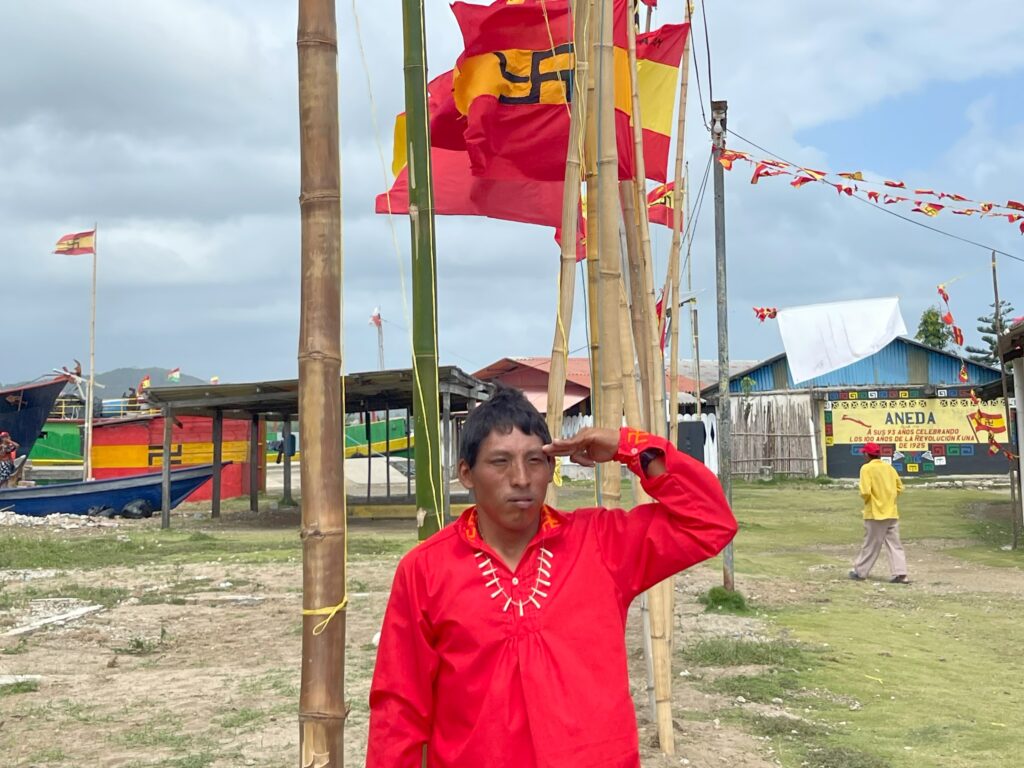
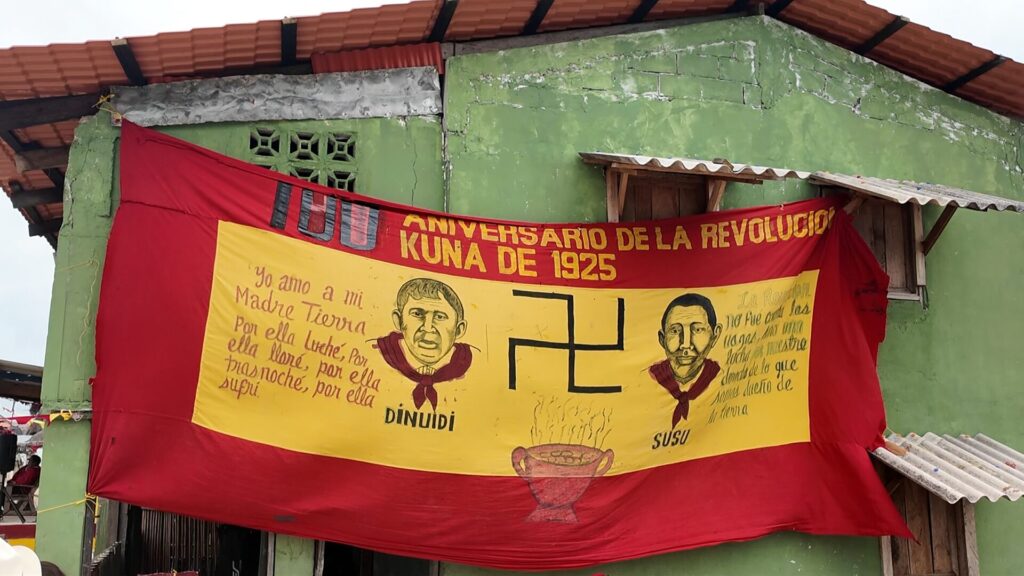
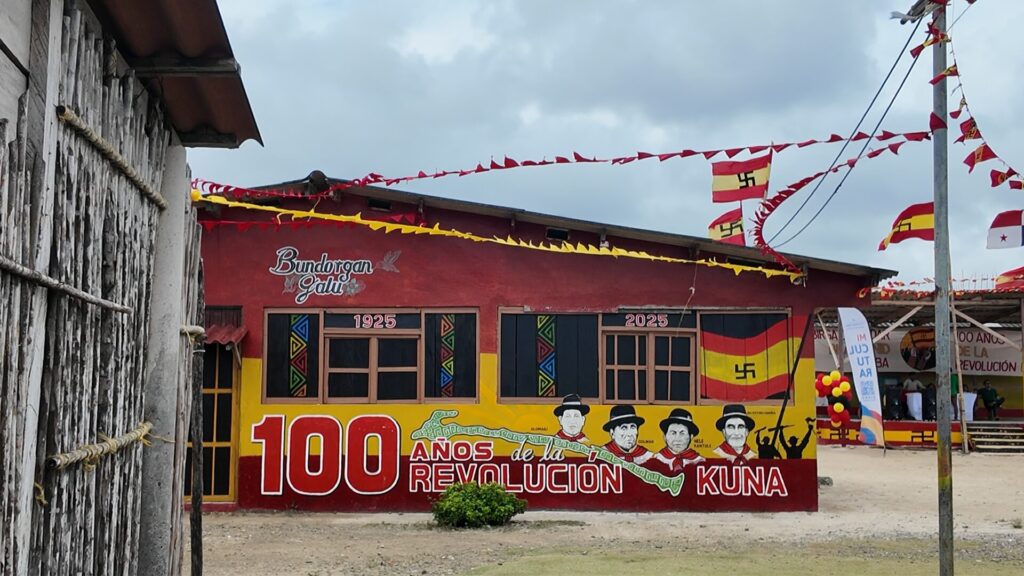
It was through the ingenuity of women that victory was possible, and every retelling of the Revolution’s history emphasizes the bravery and importance of women. It was women who decided when the Revolution would take place, what the symbol of the revolution would be, and how communication would be carried out. The Carnavales celebration was the time the Revolution would commence. The women knew that the soldiers would come for them and their daughters, just as they always had for the past decade, and their plan was to get them drunk on chicha, an alcoholic drink that Guna people make from fermented corn, sugar cane, and cocoa. The women decided the attire that everyone participating in the revolution would wear – their traditional clothes, but in red. The symbol and flag used for the revolution would be a spiral cross, easily mistaken for a backwards “swastika”. Instead, this symbol represents a medicine that grows on the islands and rainforests called Aggebandub, and the four directions of the Guna Yala (“lands of the Guna People”). It was a young Guna girl that hand stitched the first flag that would come to represent the revolution. Choosing the colors red and yellow with the spiral cross in the middle, the red of the flag symbolized the blood that would be spilled, and the yellow symbolized the land. Most of the islands knew of this plan, some chose not to participate for various reasons, including that some Guna islands were geographically too far, or simply they did not want to fight.
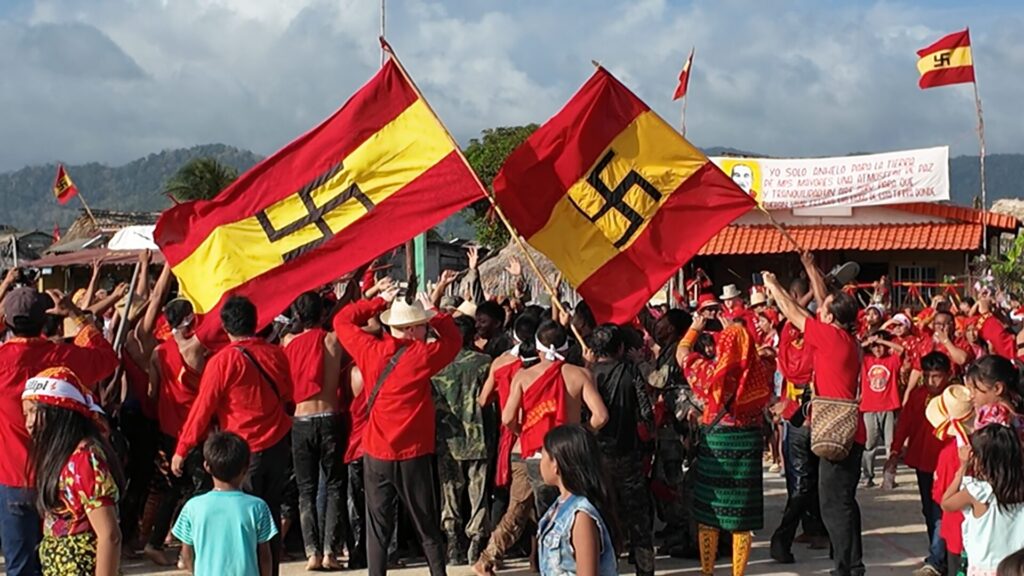
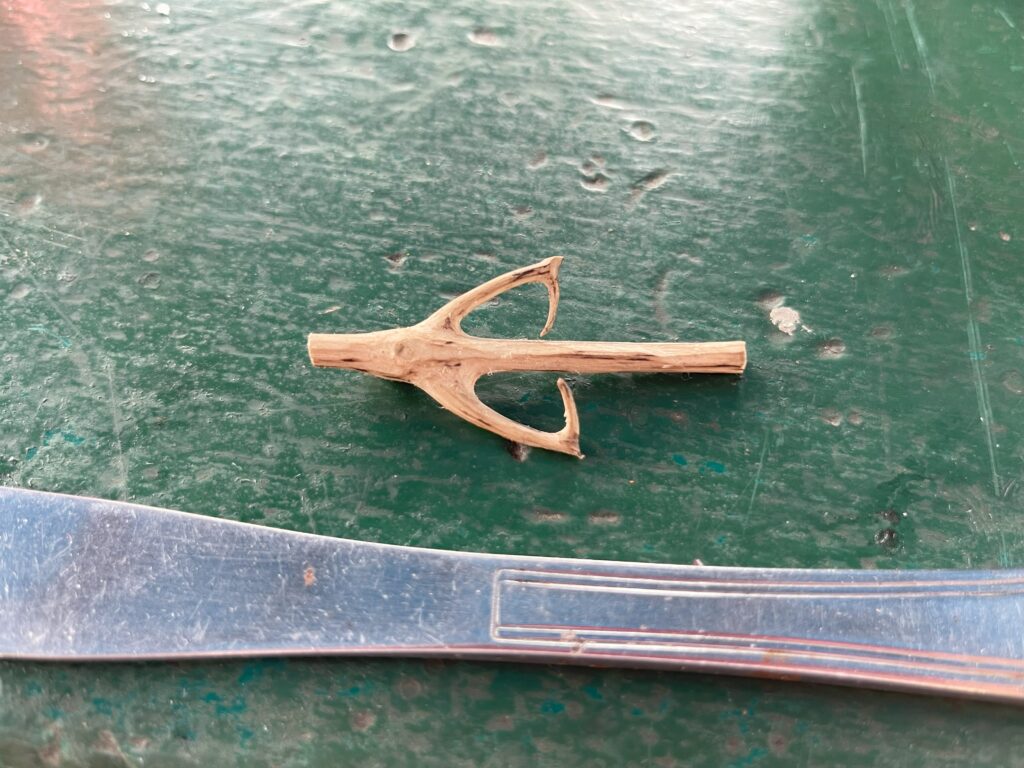
On February 21, 1925, the women instructed their daughters to ensure all soldiers were drinking as much Chicha as possible. All the men from as young as 15 took up arms and killed soldiers on the island. The fighting took four days and the Guna people emerged victorious, achieving their independence. In 1938, Panama and Guna Yala signed a treaty known as the Comarca de San Blas which granted Guna Yala political autonomy, making them the first Indigenous people in Central America to achieve such a status. In 1945, Panama officially recognized the Guna Yala in its constitution, providing the Guna with self-determination and decision-making power through the Guna General Congress (KGC). This recognition in the Panama constitution is known as the La Carta Organica de San Blas.

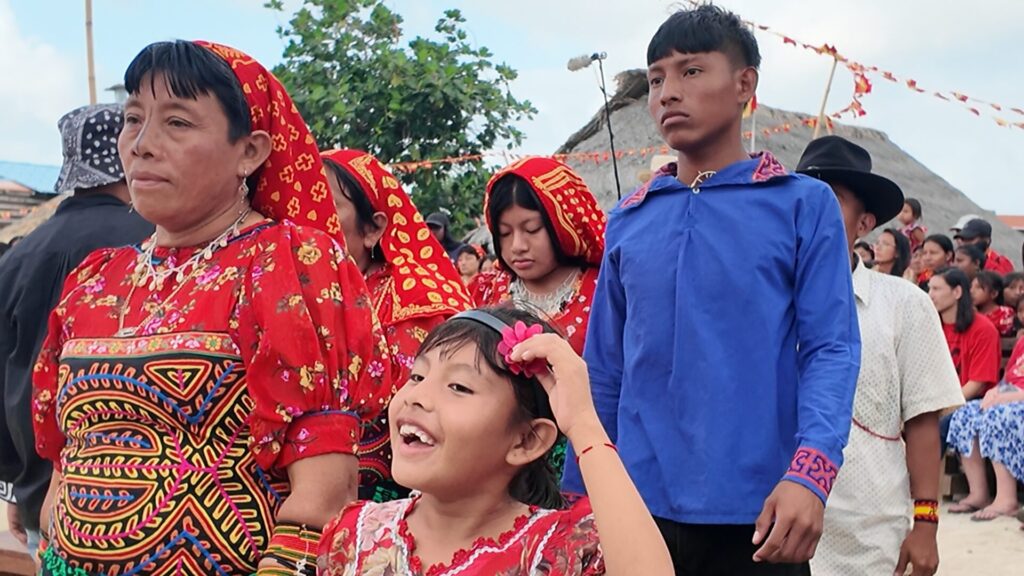
Guna Yala Now
To this day, the Guna retain their political autonomy and have established the most self-determined Indigenous governing structures in the region – the Kuna General Congress (KGC). In recent decades, the Guna have helped other Indigenous governments establish themselves so that they can be organized, self-sufficient, and self-determined. The KGC is composed of democratically elected councils that represent all 49 Guna communities across the islands, who elect three leaders to the executive body. The KGC was revolutionary in the region because they allowed women to hold leadership and government positions well before such opportunities were available to women in the region.
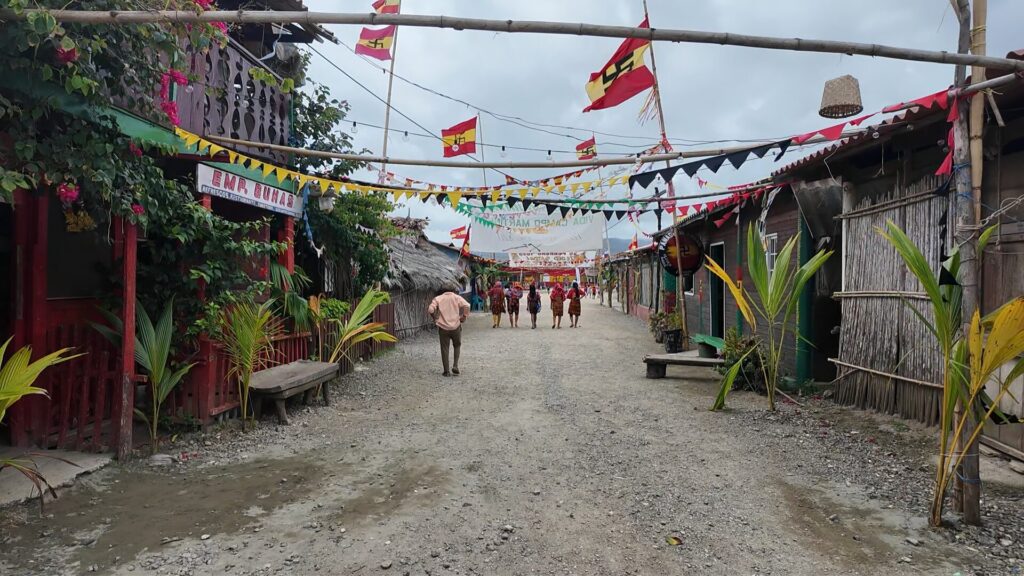
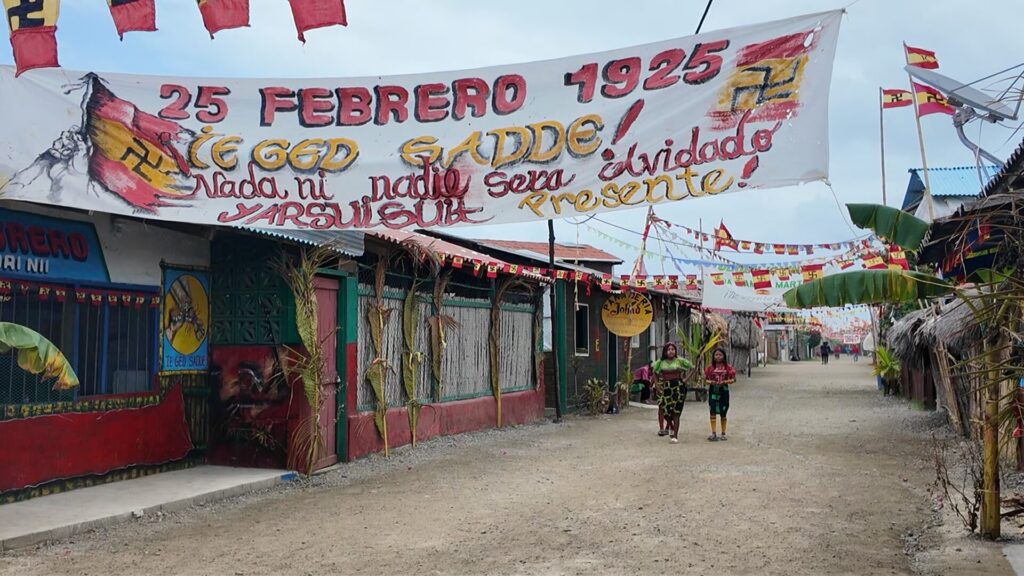
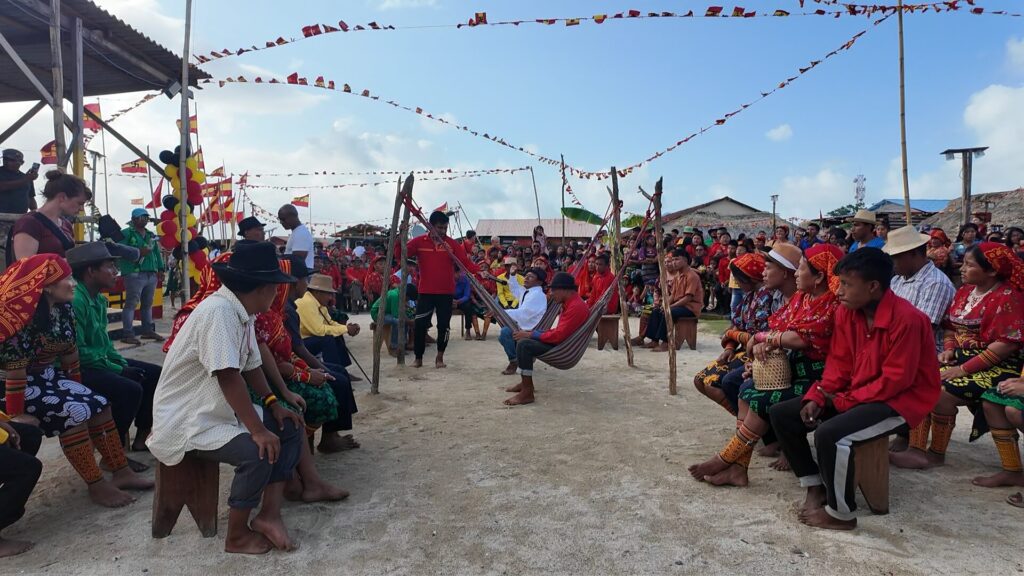
Today there are over 120,000 Guna in Panama, with approximately 90,000 residing on the mainland, and 30,000 living on the islands. Every year on February 21, the Guna celebrate the revolution that their grandparents and great-grandparents participated in that gave them their freedom. This history is celebrated with reenactments of the events leading up to and during the revolution. Attendees are required to wear traditional clothing; visitors must wear long pants and a red shirt for men, and a skirt along with a red shirt for the women. Not complying with the requirements means paying a fine to the children (usually $1 USD). Their celebration culminates with a ceremony on the 4th day that includes the drinking of the chicha made by the elders of the islands.
We observed that Guna children were abundant and actively engaged in the celebration festivities. Most notably was the centering of the children during a concert by Tribu, a famous Central American band that made their way to the islands for the Revolution celebration. Highlighting the children wasn’t surprising after learning that the Guna people have one of the oldest, if not the oldest, Indigenous youth leadership organizations in the western hemisphere – The Guna Youth Movement. In fact, the Guna Youth Movement and the Guna people have a history in engaging with Indigenous people in the United States, most notably the efforts to release Leonard Peltier from prison. This history dates back to the 1970s and will be explored further in part two of this blog series.
